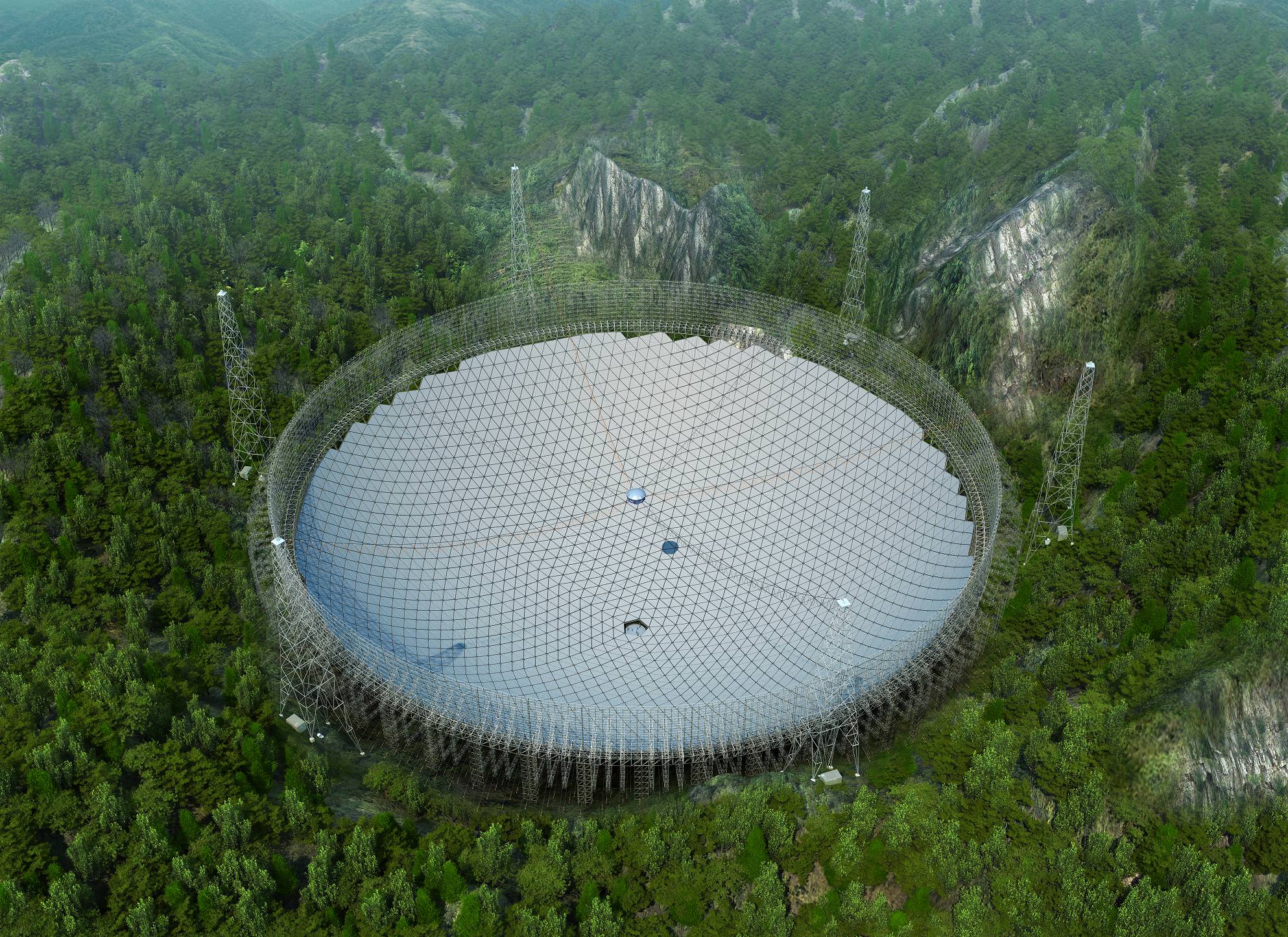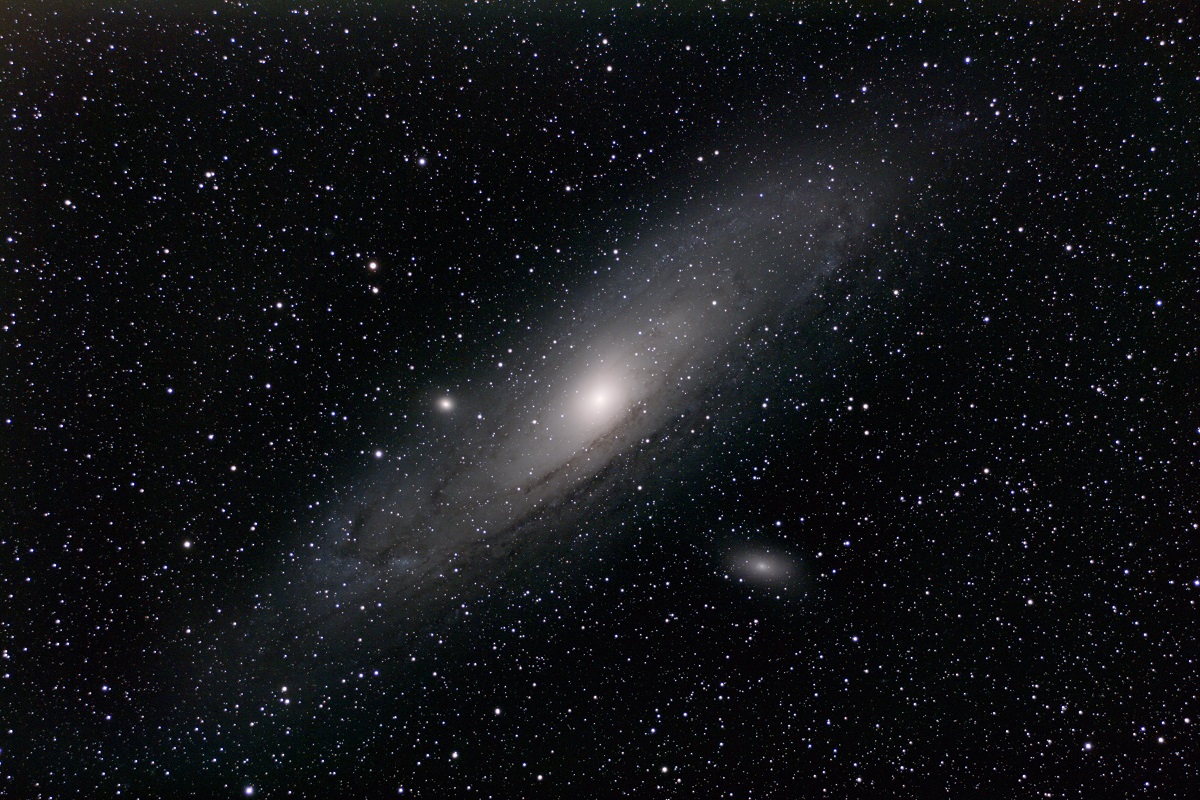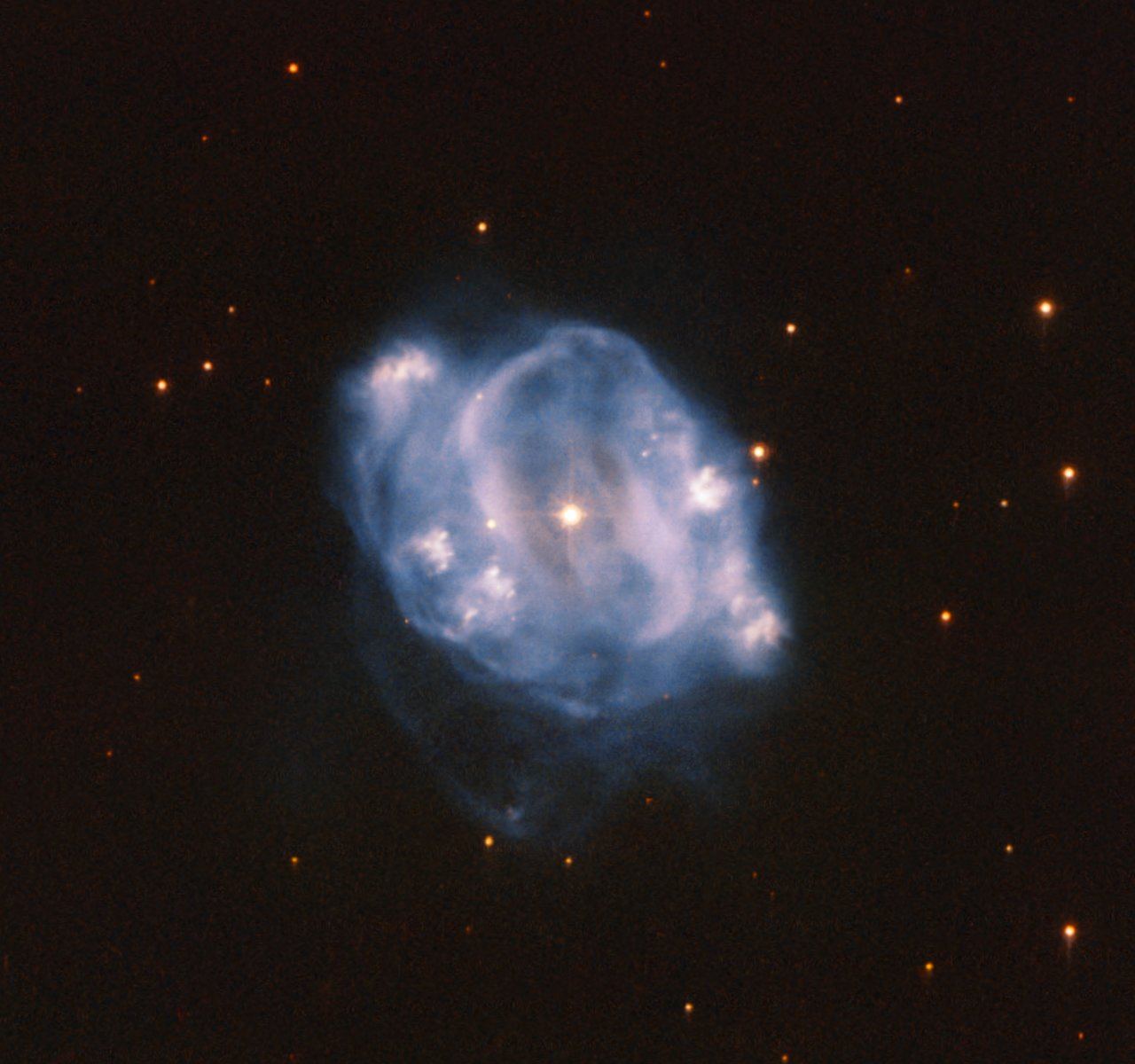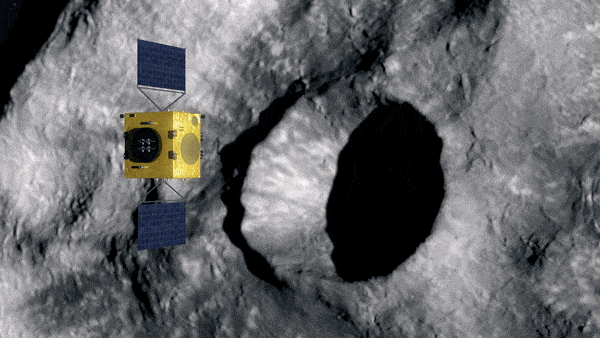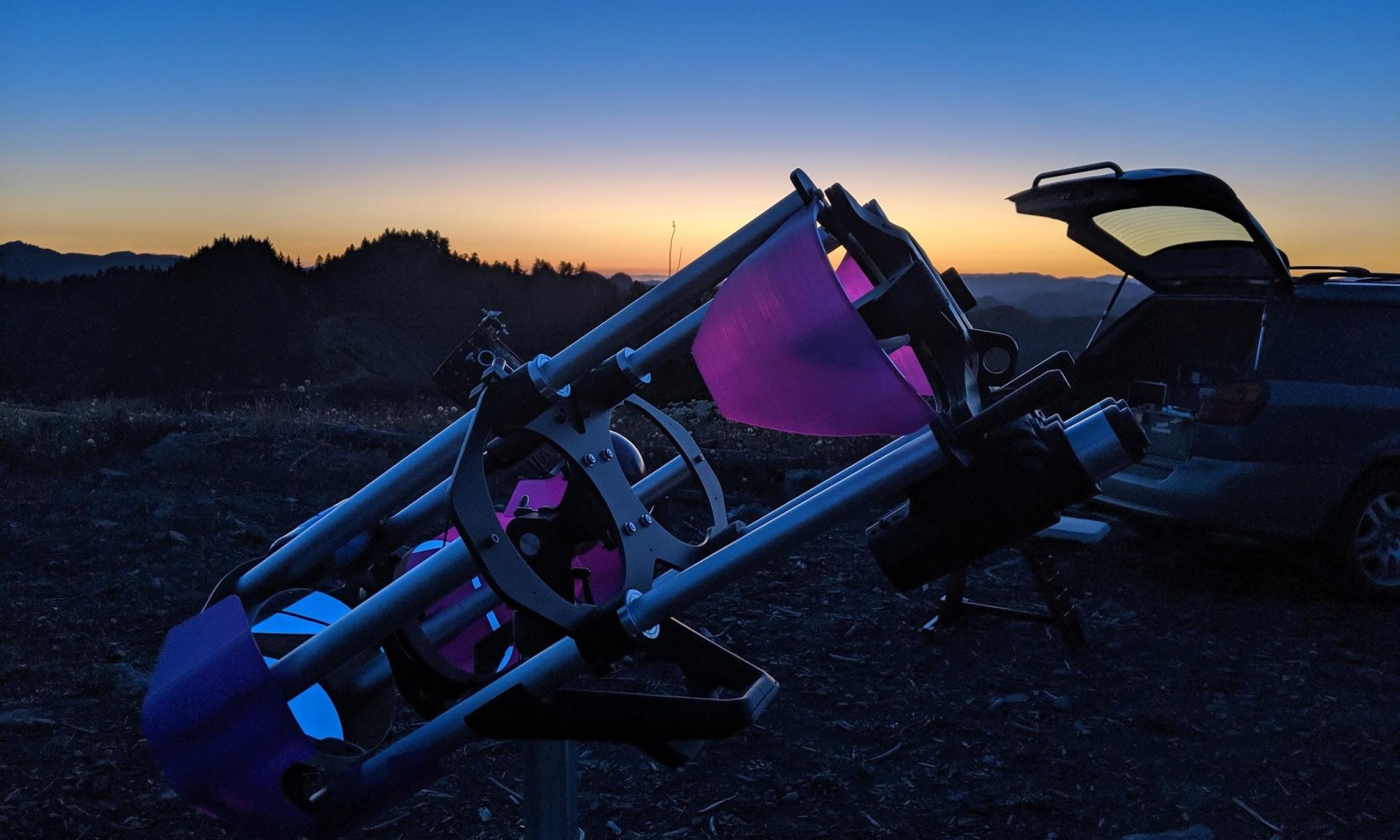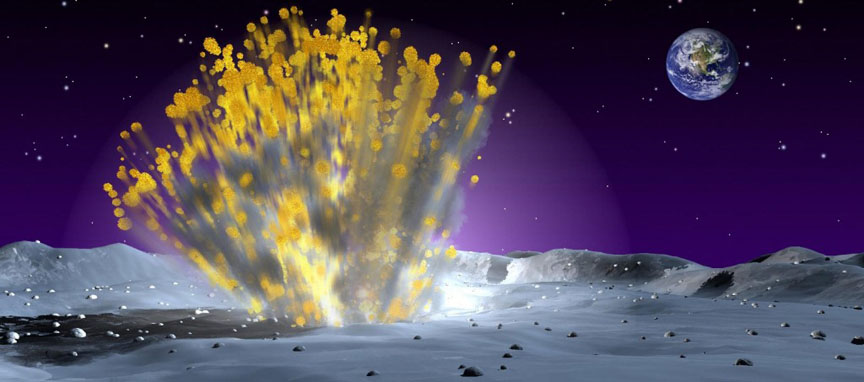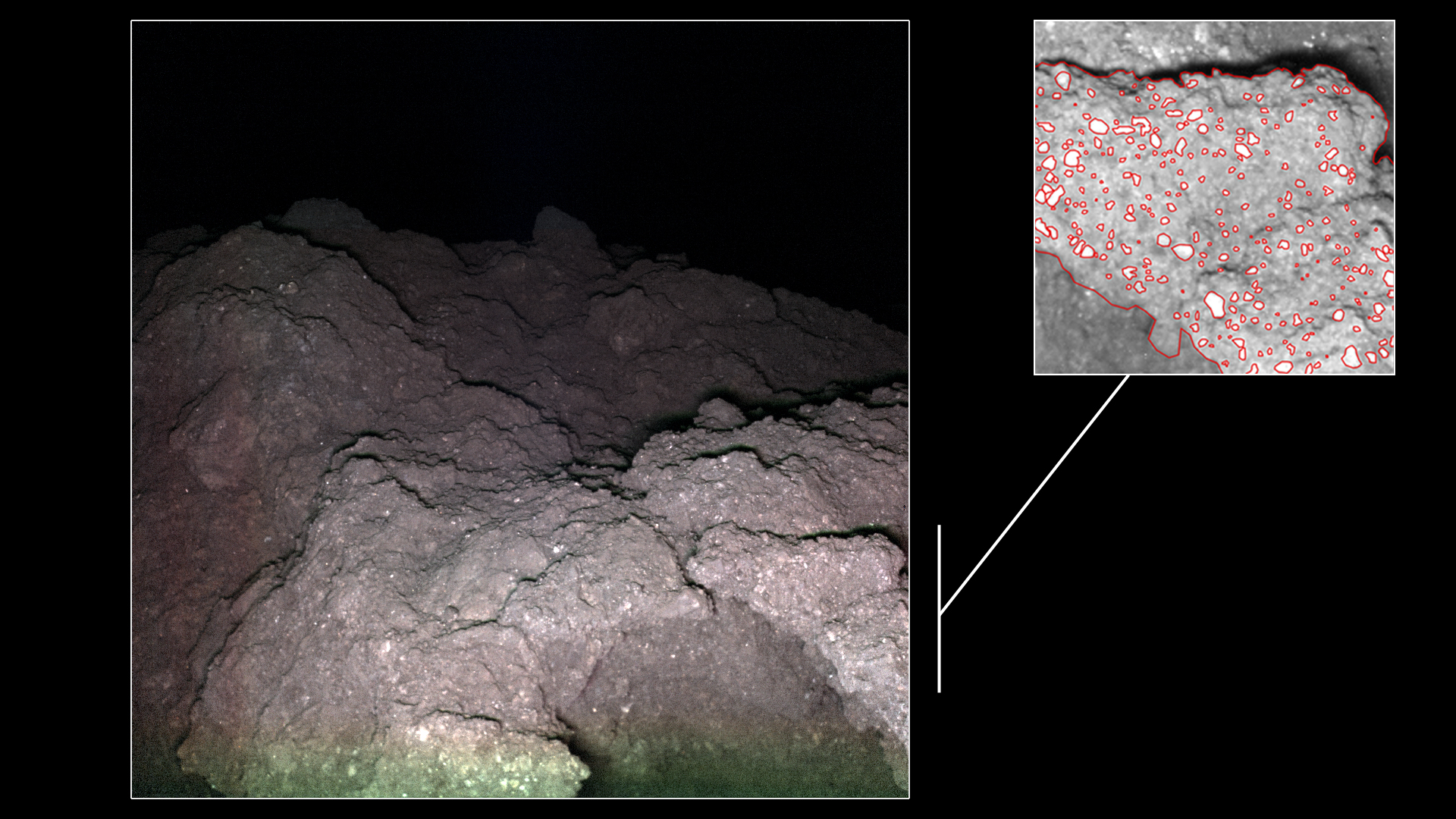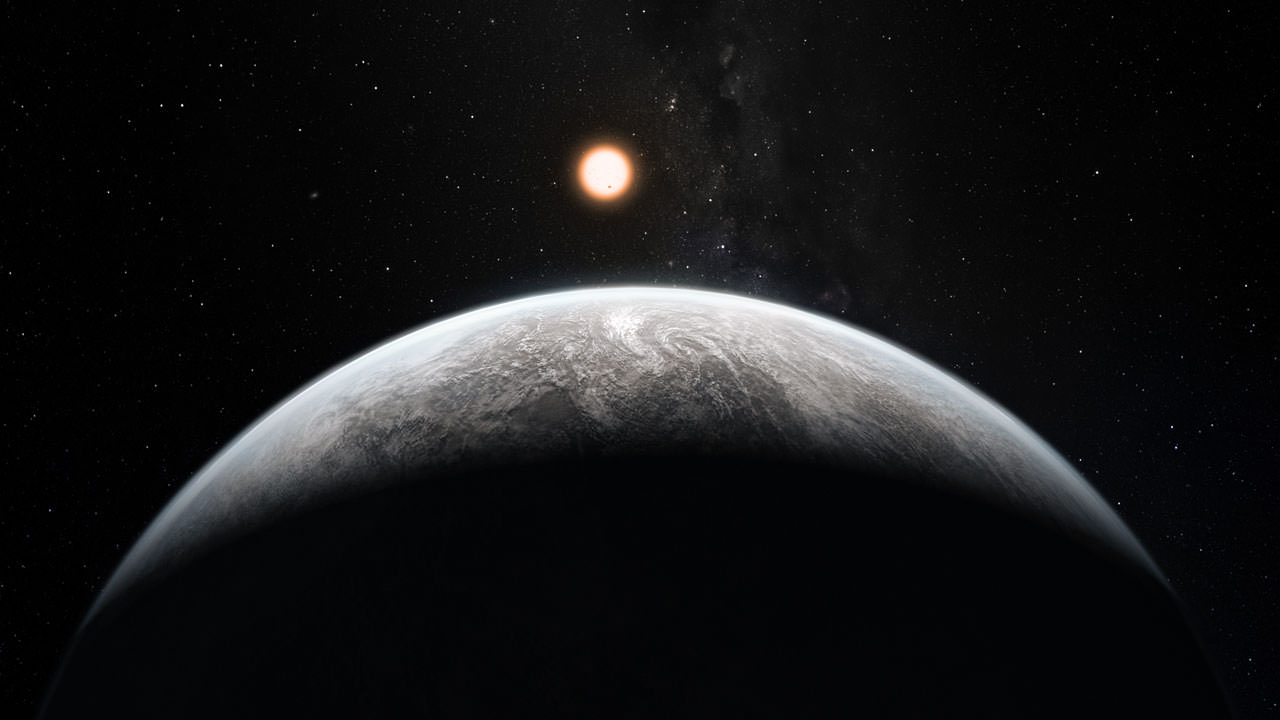With all the plans for sending robotic missions to the Moon in the coming years, and NASA’s plan to send the first astronauts of the post-Apollo Era there, one thing is clear: We are going back to the Moon! But unlike the Apollo Era, we intend to do more than mount “footprints and flags” missions this time. This time, we intend to create the infrastructure that would allow for a long-term, sustainable human presence on the Moon.
This is the vision behind the Open Lunar Foundation, a San Fransisco-based nonprofit organization made up of tech industry executives and engineers (some of whom worked for NASA) that is dedicated to the creation of an international lunar settlement. Intrinsic to this vision is the reliance on private enterprise and the development of open-source technology that would humanity to establish a permanent presence on the Moon.
Continue reading “Entrepreneurs and Engineers Come Together to Design a Peaceful Lunar Settlement”

